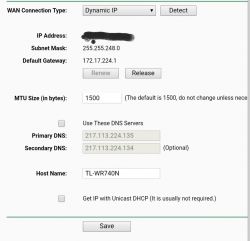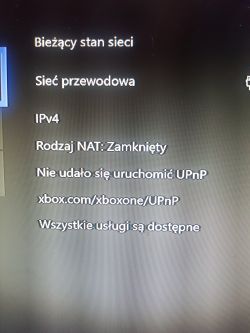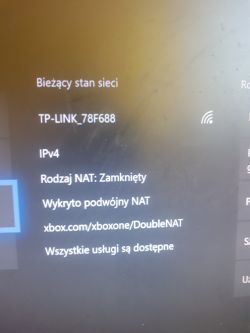There are several ways to troubleshoot a double nat, but there are solutions that always work and those that only might help.
Double nat arises when on the way from us to the Internet there are, for example, two routers, i.e. at our home and another at the Internet provider, i.e. at the other end of the cable (or radio link) that enters our home.
A solution that always works is the setting of the public (external) IP for us by the provider and setting the so-called demilitarized zone on our home router, i.e. DMZ on the IP address permanently assigned to our Console (address reservation).
And here are some important comments:
If our provider sets a public IP for us, it does not automatically mean that on our router at the WAN input, the public IP will be downloaded from the provider. Our router will still be able to get internal IP within the provider's internal subnet. For us, public IP means that this public IP leads only to us, i.e. whatever appears on this public IP will go to us, i.e. as if all ports were redirected to our router. Of course, there may be a network where our router will immediately download the same public IP that is visible on the IP checking pages, but this is not a necessary condition and in many cable networks all users get the local IP internal to their router and still have public IP outside and This is fine.
How to check public IP:
Such IP should be able to be pinged from another network (of course, on our router you have to allow it if there is such a blockade). Another network is access to the Internet from outside our provider's local network, for example: we provide mobile internet on a smartphone as a WiFi hotspot for our laptop and then in the command line (CMD in windows) enter
ping xxx.xxx.xxx.xxx
Where these x are our public IP
If packets go through, we have 100% public IP
Alternatively, you can check what IP is displayed to all our colleagues on the websites for checking IP, e.g. my-ip.eu if all our friends who have internet from the same provider have a different IP on this website than ours, 99% of our IP is public and only available to us.
Relatively, we can temporarily set up the management of our router from anywhere on the Internet on some specific unusual port. If we manage to log into the router from outside our network, it means that our router is 'visible'. Ie we are visible at any selected port - only that there are a lot of these ports, so it's a bit of a lottery with this testing.
If the above tests are positive, it does not matter how many network devices there is a supplier between us and the Internet !!
It is best at the beginning to believe our provider that we have external and assigned only to our IP to run DMZ and check NAT.
Having a public IP and setting the DMZ for the IP that our router assigns to the Console via DHCP or that we have set hard for this console 100% solves the problem with double NAT which is then 'NAT Open'
Any other combinations like port forwarding, DMZ setup with us but no public IP etc. may or may not help. If external IP and DMZ work, you can possibly be interested in these port forwarding and disabling DMZ, but I would not exaggerate with demonizing DMZ. If we open the necessary ports for consoles and games, we will be exposed to the same attack as with DMZ only in theoretically narrower range and no problem. Theoretically, because the console itself has all unnecessary ports closed, so after opening the ports without DMZ, the difference is only in the ports that the console is open for other needs (e.g. service) than games.






